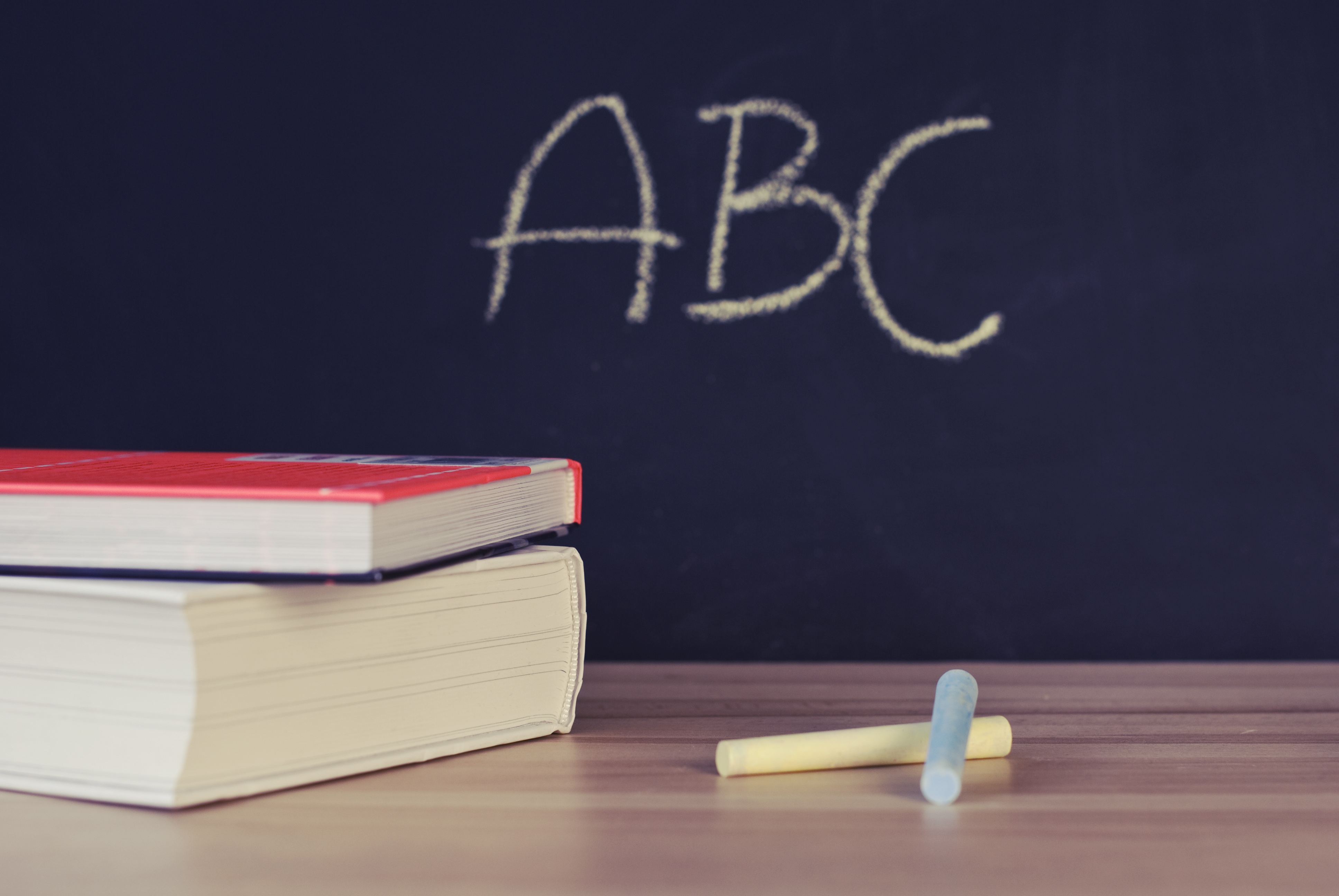After a long and lazy summer break, it is once again time for parents to set their alarms, pack the school lunchboxes, and cover those books with that most dreaded of inventions – contact paper! Amidst the chaos and first day tears, what can we as parents do to get our kids off to a great start this year at school?
If you’ve already been to orientation or had your first day at school then you will have most likely received some welcome information from your child’s teacher. Read it thoroughly, and ask any questions early on. Teachers love for parents to be involved and interested!
Some helpful resources can also be found at the following:
http://www.startingblocks.gov.au/at-child-care/transitioning-to-school/
One area in which parents are instrumental in helping kids with their learning experience is reading. Parents who offer their children regular opportunities to read together enrich their development in so many ways, and both parent and child reap the benefits of quality time together. In my next blog I’ll be discussing reading in more detail, but for now here are some general guidelines to get you started!
- A reading routine
Reading regularly is as easy to implement as brushing your teeth! Spontaneity is great, but when you’re a busy family it helps to have a regular time and place for reading together. Bedtime is ideal – you have a quiet place, a comfy spot, and focused time together – and making reading part of the bedtime routine has the benefit of helping to settle kids for the evening too. Other great times and places to read are in waiting rooms, on public transport, and while waiting for siblings at extra-curricular activities! Keeping a book bag handy with favourite books or borrowed library books means you can grab it on the go. I still like to keep books handy at all times, even now that my kids are older, that we can easily find when we are heading out somewhere.
- Talk about it
The words “the end” don’t have to mean the end of the conversation. Extend the experience by talking about what you’ve just read. For younger children that might mean some simple questions about the characters, and relating the events to things your child has some experience of eg. going to the zoo. For older children, open the conversation with some open-ended questions. Scholastic’s website has the following great suggestions:
- If you could be friends with any character in the book, who would it be and why?
- What was the most exciting part of the book?
- What surprised you most about the story? Why was it surprising?
- What do you think the saddest part of the story was? Why?
- Is there anything in this story that is similar to something that has happened in your life? What was it and how is it similar?
- What would you do in a situation similar to that faced by a character in the story?
- What part of the story made you think it would end the way it did?
- How would you change the book’s ending if you could re-write it?
- How is this book like one you read in the past? Discuss how they are alike and different. (Note: This could be a book by the same author, but doesn’t have to be.)
http://www.scholastic.com/parents/resources/article/milestones-expectations/tips-talking-about-books-your-child
- Have fun!
The best way to engage a child in a story is to make it fun! Kids love it when adults are a bit silly. Using funny voices, faces and actions adds to the meaning of the story and makes it memorable. Choosing stories that have silly or funny stories and characters helps too. You will have fun, and your child will have wonderful memories of your time together.




